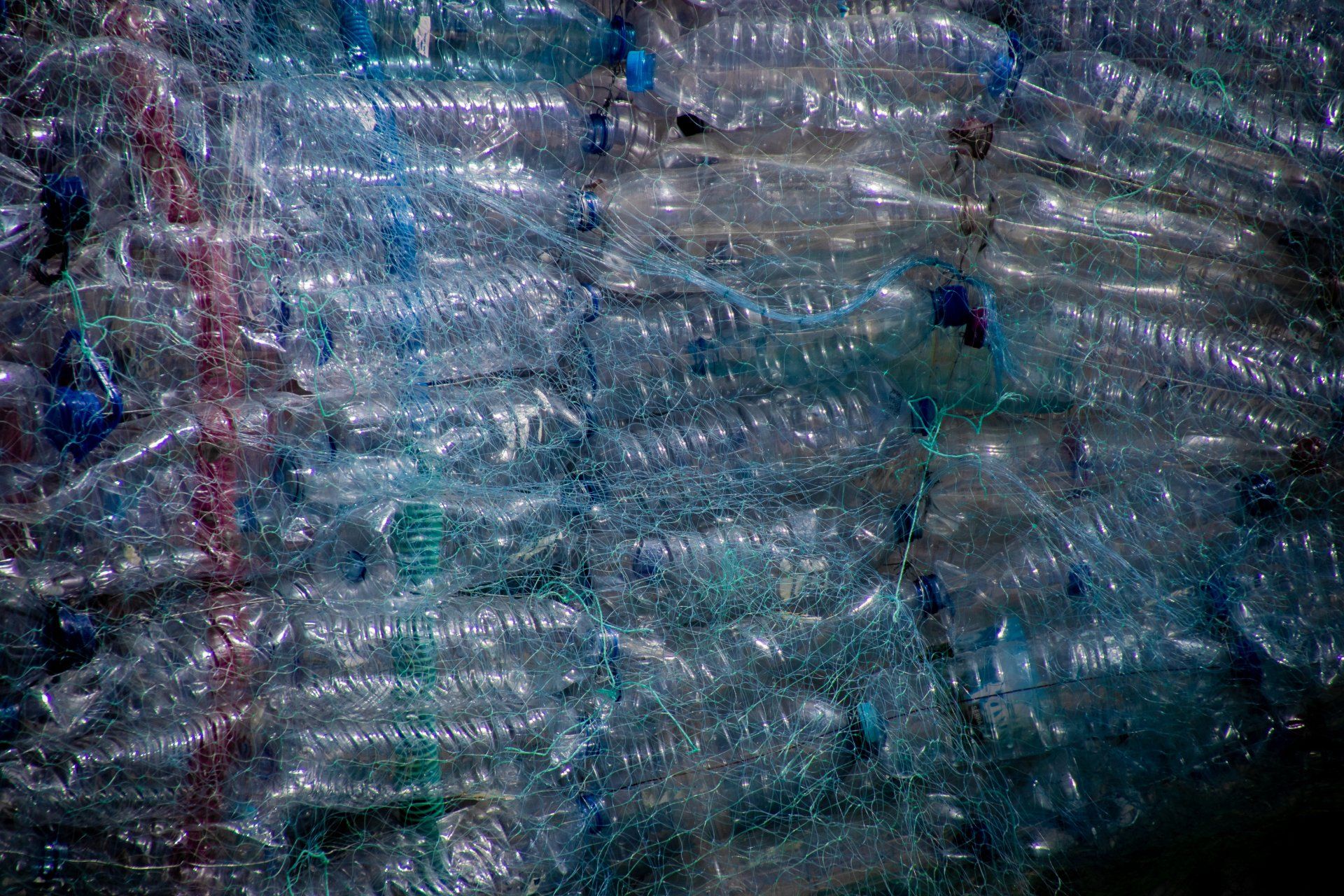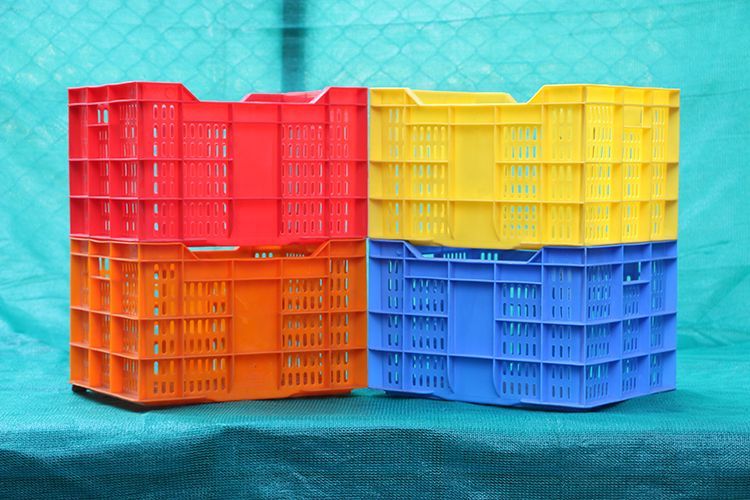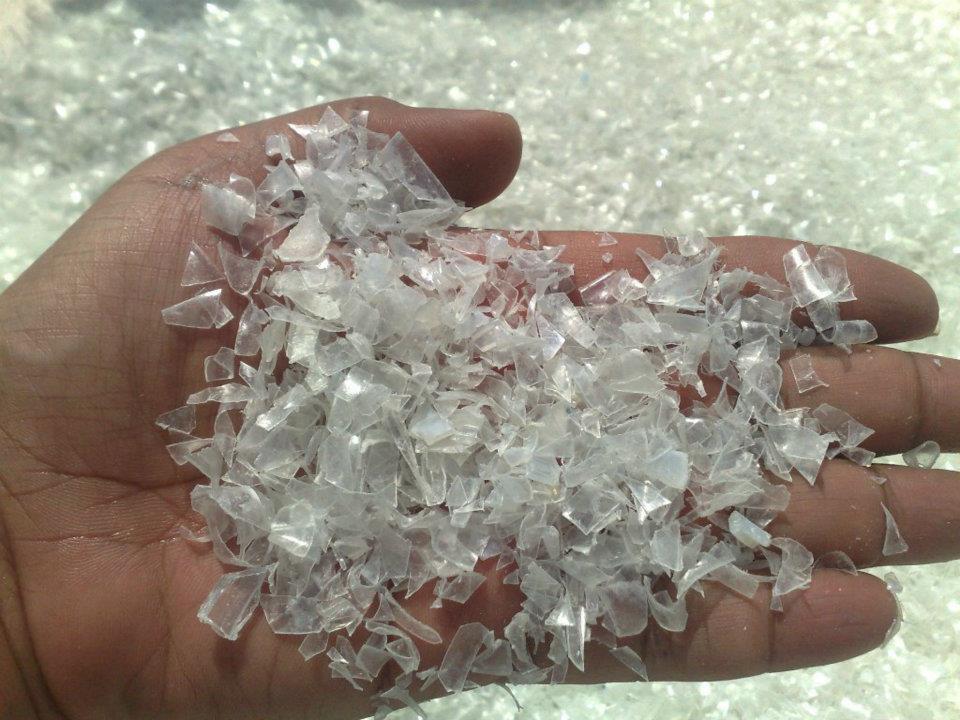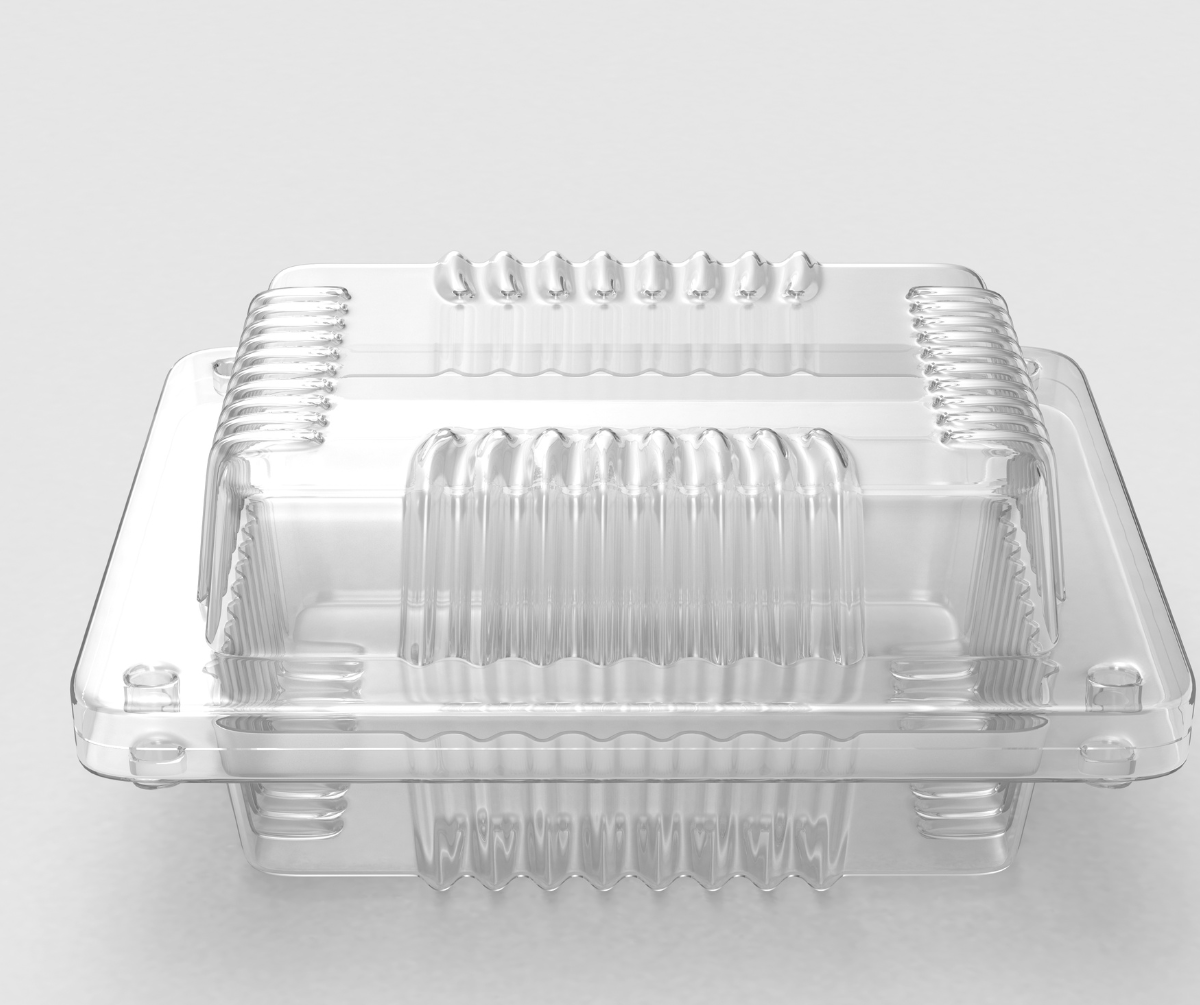A circular economy is a model of economic activity that aims to reduce waste and promote sustainability by keeping resources in use for as long as possible. In a circular economy, resources are not extracted, used, and then discarded, but are instead recovered, regenerated, and reused in a closed-loop system.
One of the key principles of the circular economy is the idea of "cradle to cradle" production, where products are designed to be reused, recycled, or composted at the end of their useful life. This approach to production reduces the need for new raw materials and eliminates waste, protecting the environment and reducing the impact of economic activity on natural resources.
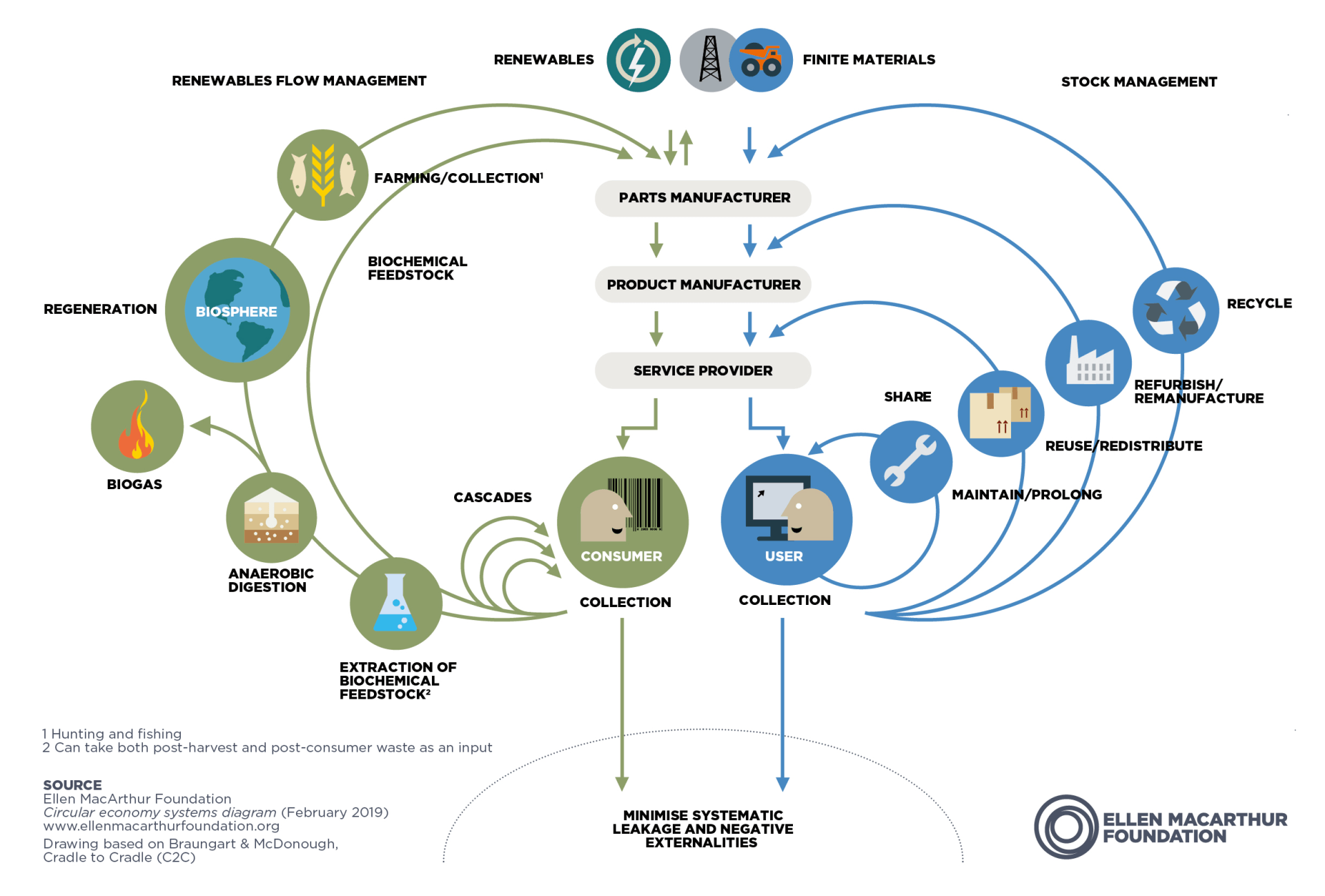
Another key principle of the circular economy is the idea of "servitization," where products are leased or rented instead of being sold. This approach allows for the recovery of resources at the end of the product's life and allows for the creation of new value through the reuse of those resources.
The circular economy offers many benefits, including reduced waste and pollution, improved resource efficiency, and the creation of new economic opportunities. It also has the potential to address social and environmental challenges, such as climate change and the depletion of natural resources.
However, transitioning to a circular economy will require significant changes to the way we produce, consume, and dispose of goods. It will require the development of new technologies and business models, as well as changes to policies and regulations.
Overall, the circular economy offers a promising model for a more sustainable and resilient economy that can benefit both the environment and society. As more and more businesses and governments begin to adopt this approach, we may see a shift towards a more sustainable and equitable future.
Conclusion:
The circular economy is a framework that can tackle global issues like climate change, biodiversity degradation, and plastic pollution. At Aerofibre, we believe that this is the only way we can achieve "Zero waste" and create value.

